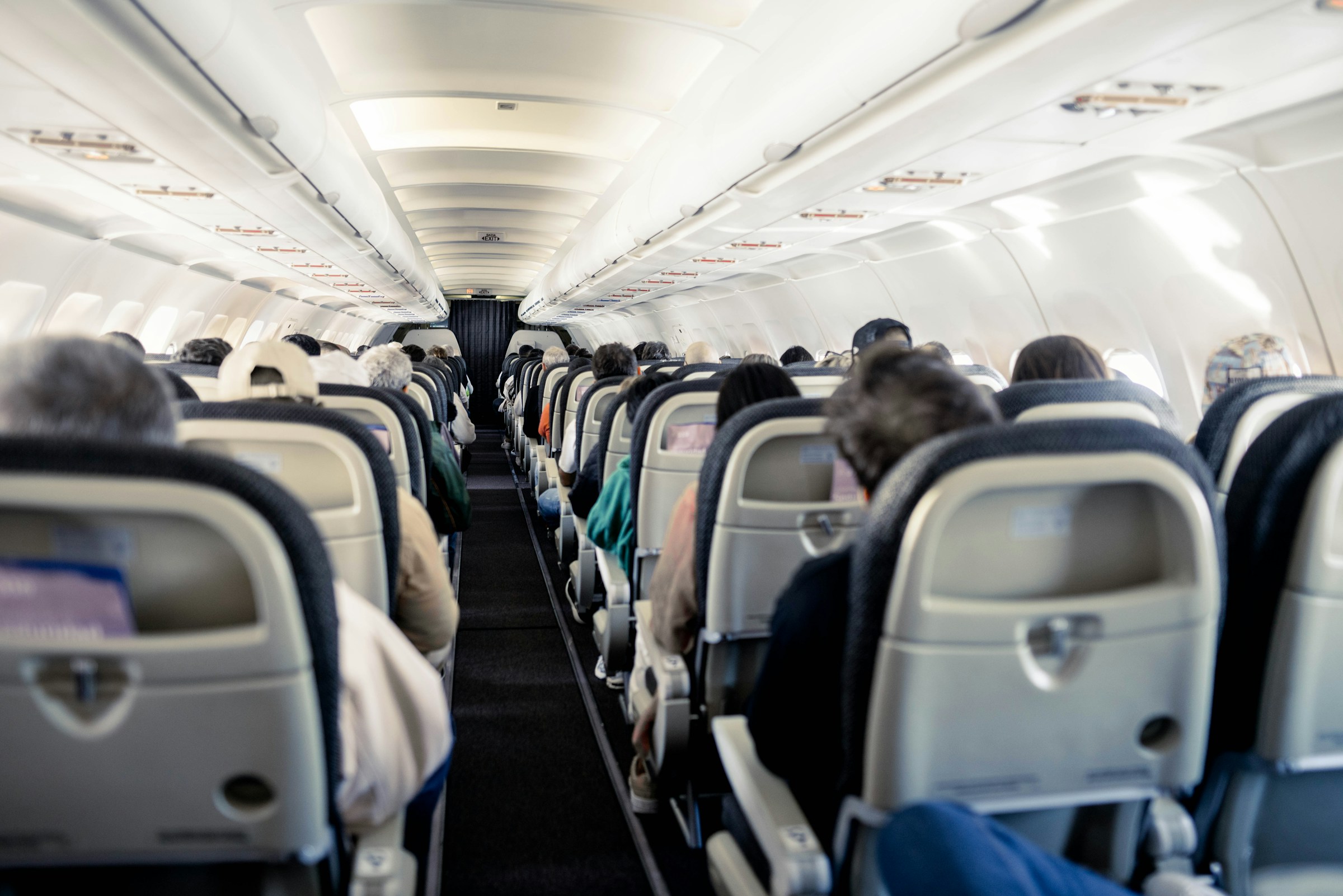When you search for flights today, the advertised fare is only half the story. The other half appears in small text near the bottom of the payment page and later on your credit card statement. Service charges, processing fees and foreign transaction costs can turn a reasonable ticket into a much more expensive purchase. If you are flying out of Singapore, across the GCC or between regions, those amounts add up quickly, especially for families or frequent work trips. Understanding how and why these charges appear is the first step toward controlling them, instead of being surprised by them after your holiday is booked.
In most cases, airlines and travel sites are not simply inventing fees. They are passing on costs from payment processors, foreign exchange spreads and card schemes. However, the way these costs are bundled is not transparent for the average traveler. A flight that looks cheaper on one website may, after card fees, end up more expensive than booking directly with the airline. That is why the question is not only which airline you choose, but also how you choose to pay. There are clear, practical ways to avoid extra credit card fees when booking flights, if you know what to look for on the screen.
It helps to start by understanding the main types of charges that tend to appear. The first is the foreign transaction fee, usually a percentage on top of your fare when you pay in a currency different from your card’s base currency. Many standard credit cards still charge this, and it typically shows up as a separate line on your statement rather than at the booking page. The second is the payment or processing fee, where the airline or online travel agent adds a fixed amount or small percentage just because you choose to pay by card instead of bank transfer or certain local payment methods. A third category is less obvious: the hidden margin in dynamic currency conversion, when you are asked whether you want to be billed in your home currency instead of the airline’s local currency.
Dynamic currency conversion deserves special attention because it often sounds attractive. At checkout, a box appears offering to charge your card in Singapore dollars, UAE dirhams or pounds instead of the foreign currency of the airline. The screen may even show the exact converted amount and suggest that this is more transparent or less risky. In reality, the exchange rate used in this conversion is usually less favorable than the rate your bank would apply automatically. The difference can easily be a few percentage points. This is effectively an extra fee wrapped into the exchange rate. As a rule of thumb, if you are given a choice between paying in the local currency of the airline or in your home currency through dynamic conversion, it is usually cheaper to pay in the local currency and let your bank or card issuer handle the exchange.
Payment surcharges are more visible but still easy to overlook when you are in a rush. Some airlines specify different fees for Visa, Mastercard, American Express or certain wallets. Others apply a flat “card fee” per booking. Regulations around surcharging differ by country, and card schemes have their own rules, so the practice may be restricted in some markets and more common in others. From a consumer point of view, the key is to pause at the payment step and actually compare the total cost across the options presented. If bank transfer, instant pay or a local e wallet is available with no additional fee and you are comfortable with the protection and timelines, that may be the more economical choice for a simple point to point ticket, even if you usually default to your credit card.
The choice of card itself makes a difference before you even open a flight search page. If you travel frequently, it is worth knowing which of your cards has lower or zero foreign transaction fees. Many banks now offer travel oriented or premium cards that waive these charges, especially in popular corridors or within specific regions. Others provide rebates or miles that at least partially offset the cost. If you usually carry more than one card, you can assign roles. One card might be your local spending card for everyday purchases at home. Another could be your dedicated travel booking card that you use for foreign currency transactions and airline payments, because you know exactly what fees apply and what rewards you receive back.
It is also common now to see “easy pay” or installment options on airline websites, often in partnership with a particular bank or buy now, pay later provider. The language around these offers focuses on zero percent interest or flexible monthly payments. However, a closer look may reveal an administrative fee or one time service charge for splitting the payment. When spread over a year, this fee can be equivalent to paying interest. In other cases, the base fare increases once you select an installment plan, even though the marketing still labels it as interest free. If you are considering such a plan, it is useful to compare the total amount paid over the whole period against paying in full with a regular card. If the difference is significant, you are effectively paying extra for short term convenience.
Some travelers prefer to book through online travel agencies because of perceived savings, access to multiple airlines or combined hotel and flight deals. While these platforms can be useful, they can also attach their own processing fees to credit card payments, separate from the airline’s charges. The initial search result may look cheaper than booking direct, but additional fees can appear at the final payment step. One way to protect yourself is to take note of the all in price on the agency site, then run a parallel search on the airline’s own website for the same flight on the same dates. If the direct booking offers a similar or slightly higher base fare but with lower card fees or better flexibility, the difference may disappear or even reverse in favor of booking direct.
Multi currency and prepaid travel cards are another tool that can reduce some of the uncertainty around card fees. These products allow you to load foreign currencies in advance at a known exchange rate and then pay airlines and hotels from that balance. This can help avoid multiple layers of conversion, especially if your trips take you repeatedly to the same regions. However, the convenience only translates to savings if you are aware of the top up fees, inactivity charges and withdrawal costs that may apply to the card itself. It is not automatically cheaper than a regular credit card with a fair foreign exchange policy. The benefit lies in predictability and the ability to separate travel spending from your main household budget.
A simpler, often overlooked habit is to read the booking summary line by line before you click confirm. Many travelers pay close attention to the fare and taxes, but skim past the payment section at the bottom. This section usually itemizes any card or processing fees, and some sites now use clearer language because of regulatory pressure. If you see a separate “card handling fee” that changes when you switch payment methods in the drop down menu, that is your signal to reconsider the choice. If you are booking for a family of four, even a modest fee per passenger multiplies quickly. By catching it at this stage, you can often switch to a lower cost payment option without having to restart the search.
After payment, your responsibility does not end with receiving the confirmation email. When your next credit card statement arrives, it is worth matching the final charge against the amount shown on the booking page. Look out for any additional lines related to foreign transactions, currency conversion or travel agency fees. If the amount differs and you do not recognise the reason, keep screenshots of the original booking, then contact the airline or agent to clarify. If that does not resolve the discrepancy, your card issuer may allow you to dispute the charge, especially if dynamic currency conversion was applied without clear consent. The process takes time, but it builds discipline around checking and understanding your travel expenses.
For travelers in policy dense environments like Singapore or the GCC, there is an additional layer of context. Regulators in many markets have been gradually tightening rules on transparency, disclosure and fair treatment in financial and consumer contracts. Airlines and payment providers are expected to present fees clearly and avoid confusing or misleading practices. However, even with these standards, there is still room for interpretation and variation. That is why personal vigilance remains important. Policy sets the floor for acceptable practice. Your own habits determine whether you repeatedly pay optional fees or reserve your credit card for bookings where its protections and rewards genuinely outweigh the costs.
In the end, the goal is not to avoid credit cards altogether. Cards provide useful benefits when you are dealing with large travel purchases, including dispute rights, fraud protection and sometimes valuable insurance coverage. The real aim is to make sure that when you reach for your card, you do so with full awareness of the fee structure involved. By knowing the common traps, choosing the right card for the right transaction, rejecting unfavorable currency conversion offers and comparing payment options before you click confirm, you can apply practical ways to avoid extra credit card fees when booking flights without adding stress to your planning. Over time, these small decisions protect more of your travel budget for the parts of the journey that actually matter.














